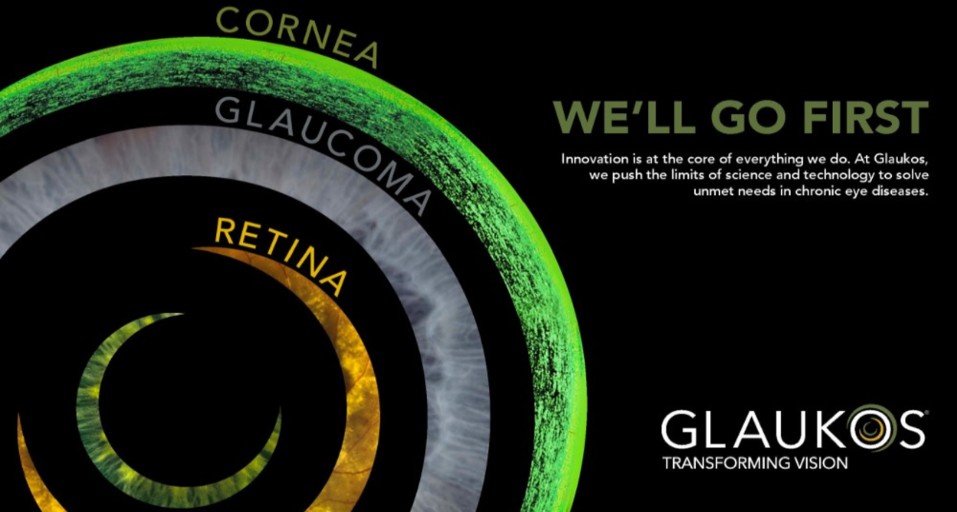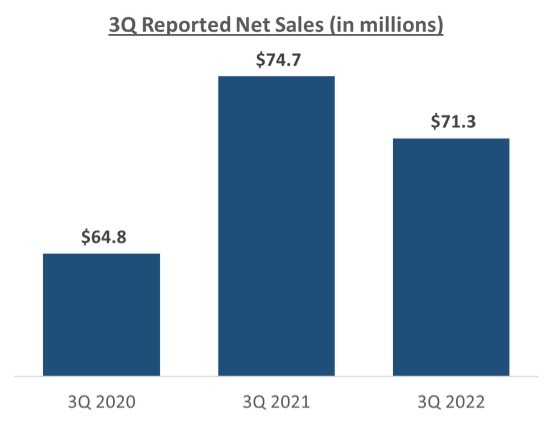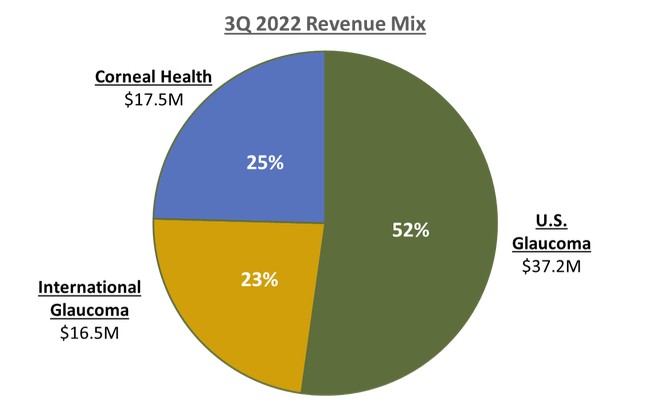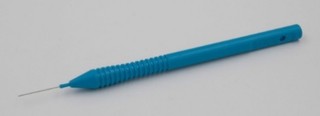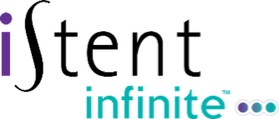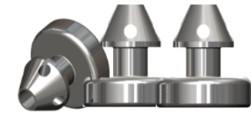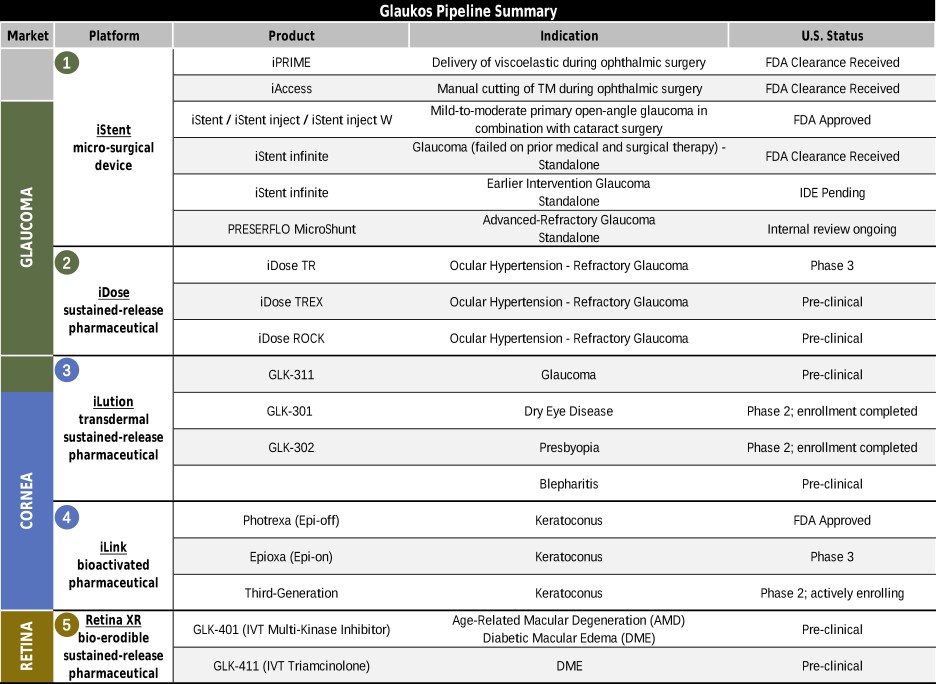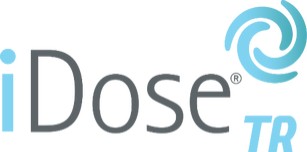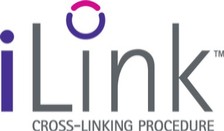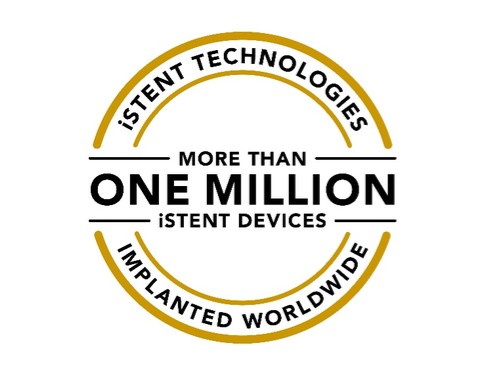Glaukos Announces Positive Topline Outcomes for Both Phase 3 Pivotal Trials of iDose TR, Achieving Primary Efficacy Endpoints and Demonstrating Favorable Tolerability and Safety Profiles
On September 7, 2022, Glaukos announced topline data for both Phase 3 pivotal trials of iDose TR that successfully achieved its pre-specified primary efficacy endpoints through 3 months in both Phase 3 trials and demonstrated excellent tolerability and a favorable safety profile through 12 months.
Topline summary results and observations from the iDose TR Phase 3 pivotal trials are as follows:
●For each of the two Phase 3 iDose TR pivotal trials, GC-010 and GC-012, both the fast- and slow-release iDose TR arms achieved the pre-specified primary efficacy endpoint of non-inferiority to the active comparator arm (twice-daily topical timolol ophthalmic solution, 0.5%) through 3 months.
●For the GC-010 trial, the IOP reductions from baseline over the first 3 months were 6.6-8.5 mmHg in the slow-release iDose TR arm, versus 6.6-7.7 mmHg in the timolol control arm (mmHg range represents IOP reduction means across the six U.S. Food and Drug Administration (FDA) pre-specified timepoints of 8 a.m. and 10 a.m. at Day 10, Week 6 and Month 3). For the GC-012 trial, IOP reductions from baseline over the first 3 months were 6.7-8.4 mmHg in slow-release iDose TR arm, versus 6.8-7.2 mmHg in the timolol control arm.
●93% of slow-release iDose TR subjects remained well-controlled on the same or fewer IOP-lowering topical medications at 12 months compared to screening after a single administration of iDose TR, versus 67% of timolol control subjects in both Phase 3 trials. Additionally, 81% of slow-release iDose TR subjects were completely free of IOP-lowering topical medications at 12 months across both trials.
●iDose TR demonstrated excellent tolerability with 98% of slow-release iDose TR subjects continuing in the trial at 12 months, versus 95% of timolol control subjects across both Phase 3 trials.
●iDose TR demonstrated a favorable safety profile through 12 months, with no adverse events of corneal endothelial cell loss, no serious corneal adverse events and no adverse events of periorbital fat atrophy. Notably, conjunctival hyperemia occurred at a very low rate of 3% for slow-release iDose TR subjects. The most frequent adverse event for slow-release iDose TR subjects was mild transient iritis at a rate of 6% in both Phase 3 trials.
●In-office administration of iDose TR was successfully employed with various subjects across multiple sites with outcomes that were consistent with the Phase 3 trials, thus demonstrating the feasibility of iDose TR administration in the office setting.
Based on the combined efficacy and safety results from both Phase 3 pivotal trials, Glaukos plans to move forward with its plans for an NDA submission to the U.S. FDA for the slow-release iDose TR model, with an expected FDA review and decision completed by the end of 2023.

